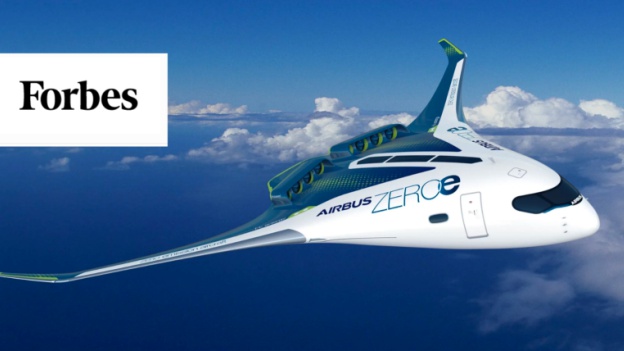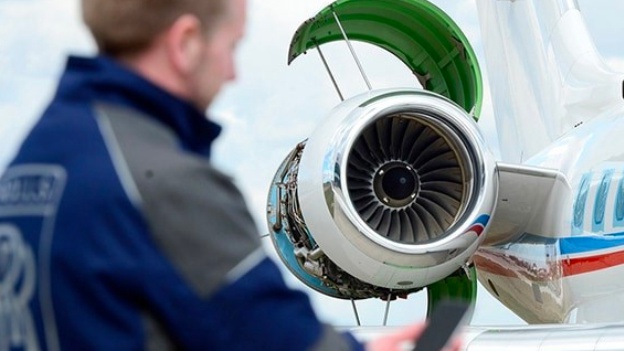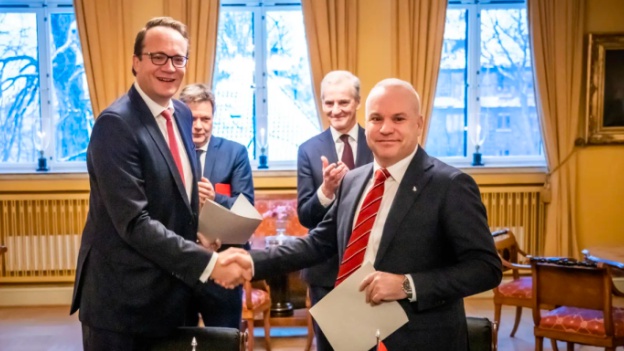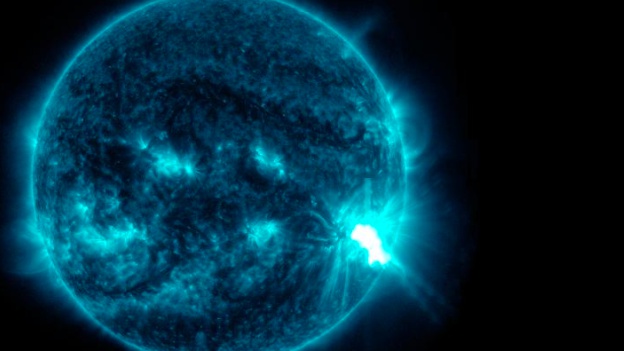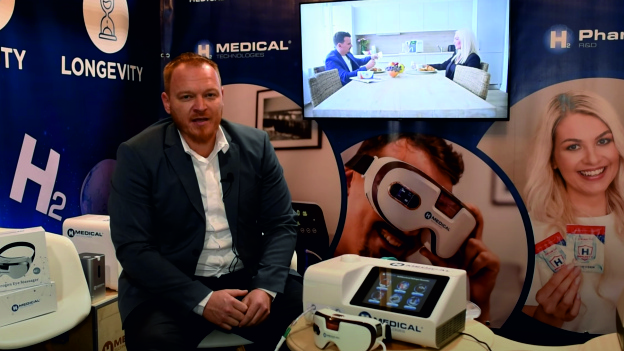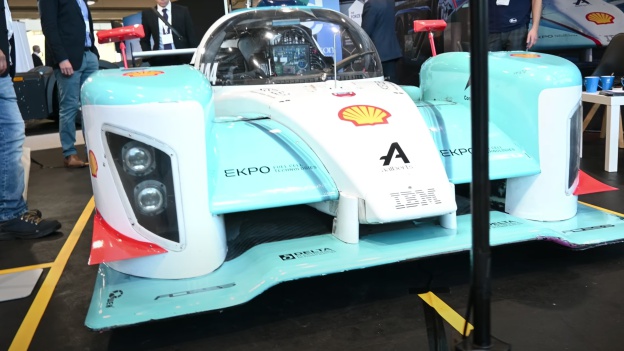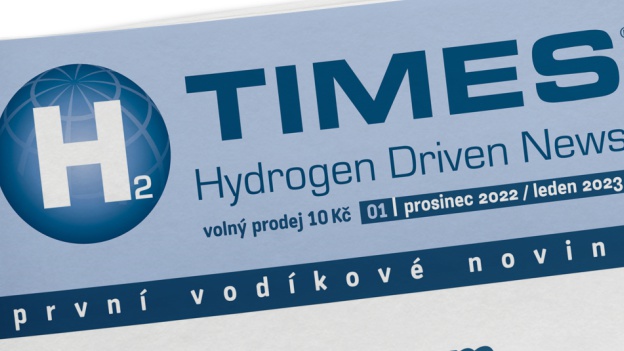On 17 January, Swiss start-up Sirius Aviation will present its novelty to the public - the first VTOL machine powered by hydrogen. It is a combination of a helicopter and a jet aircraft. It will be produced in two versions - for standard civil transport and a more luxurious variant.
The Sirius Jet was created through a collaboration between the Swiss start-up and BMW, or its Designworks studio, and the Sauber Group, an engineering firm best known for its Formula 1 team. It is to be a high-performance, emission-free VTOL machine that will be equipped with a propulsion system based on the conversion of hydrogen into electricity.
According to the manufacturer, the aircraft is much quieter, more powerful and uses the battery for only about 90 seconds compared to electric VTOL machines.
Compared to helicopters, the machine should generate about 95 percent less noise, allowing it to operate near communities with minimal noise impact.
With the advantage over other machines of a pressurised cabin, Sirius will be able to climb to 30,000 feet and fly at a cruising speed of 600 km/h. Safety equipment will include a parachute that will deploy automatically when the system assesses a serious situation.
Technically, the machine carries 28 electric motors with a weight of 9.6 kg and a thrust of 100 deca-Newtons. It uses propeller propulsion. The aircraft includes a liquid hydrogen storage system that will power a fuel cell connected to an 800-volt "auxiliary" battery.
It will be produced in two versions - the Millennium Jet for standard civil transport, and the Business Jet, which will be modified for a more luxurious experience. Maximum range is 1,200km for the standard version and up to 1,850km for the Business Jet, which will cover most of Europe. The Millennium Jet can accommodate up to five passengers and the Business Jet up to three.
The zero-emission machine will make its first public appearance on Wednesday 17 January at the Swiss airport in Payerne, approximately 40 minutes from Bern. The manufacturer plans to enter service in 2025.
Source: Sirius Aviation
photo - source: Sirius Aviation (Sirius Jet flight visualization)












